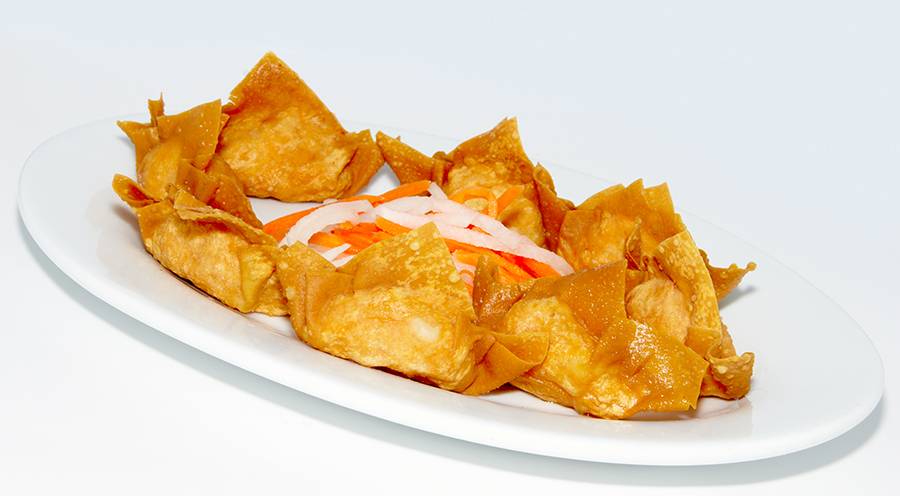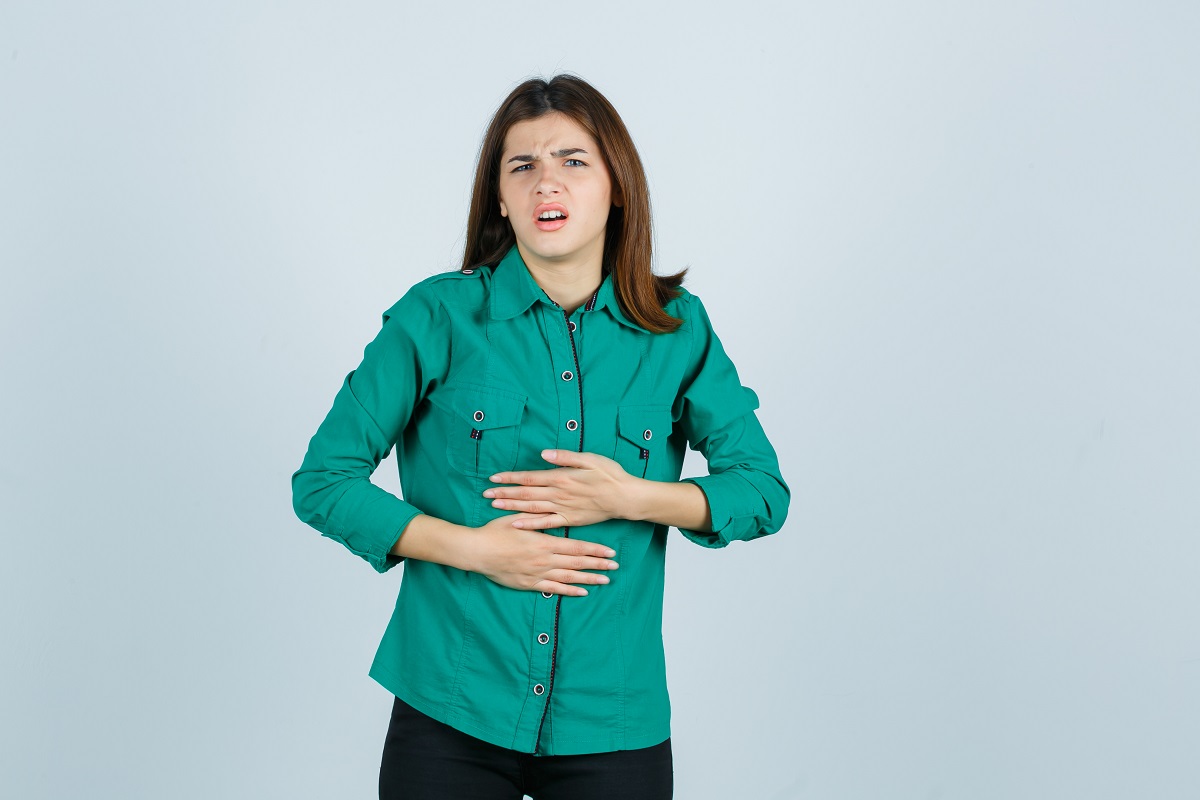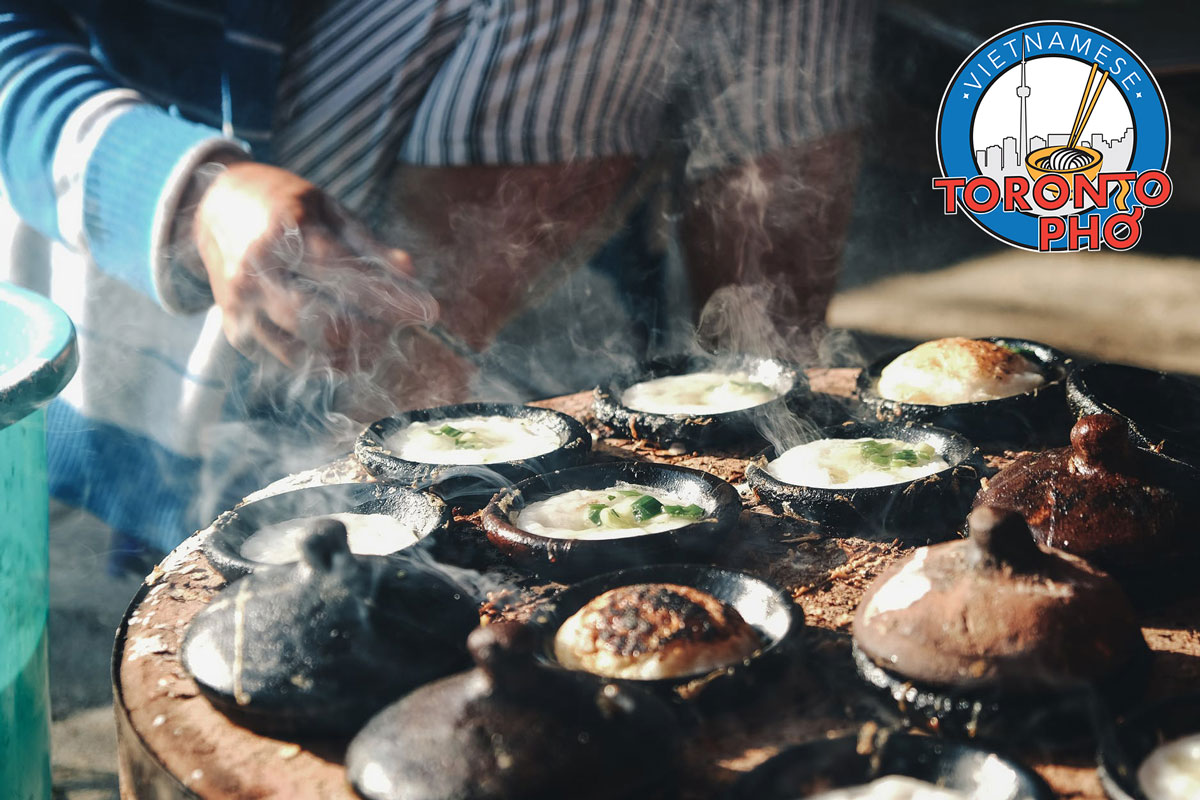
If there was one thing linking north Vietnam to south Vietnam, it’s a love of home-style family cooking. Vietnamese dinners mean a lot. No matter where you’re from, what age or gender, or what your background is, dinners in this culture is a gathering not to be missed. Tantalizing Vietnamese dinners provided in restaurants from Vietnam to Canada still prominently emphasize this home cooking culture. In one of Toronto’s top Vietnam restaurants, TorontoPHO, we offer home-style cooking from all regions pulling from different dishes, differences, and cultures in celebration.
For those who haven’t eaten Vietnamese food before or who don’t regularly enjoy Vietnamese, they’re probably unfamiliar with how we divide our national cuisine. Although there are many philosophies that go into Vietnamese cooking, regionally speaking, there are 3 categories of eating. There’s rice-eating home-style cooking with pulls a lot from Chinese influenced meals. There’s what’s called ‘fun eating’ which involves eating outside the home and usually from French-influenced street vendors. Dishes like banh mi and pho fall into this category. Lastly, festive eating is what’s pulled out on celebrations such as weddings and New Year’s Day.
The heart and soul of all this is a fixation on family cooking. To eat with the family and converse, this is where and how we build connection generation to generation. Vietnamese pho is a great example of family cooking done right. For many makers of pho, especially those working from oral recipes passed down from generation to generation, it can take a full day to get the broth just right. After the pho is made, there’s then so much of it that it’s the sort of thing which is meant to be shared. No one makes pho just for themselves. It’s something every member of the family’s invited and expected to participate in and have.
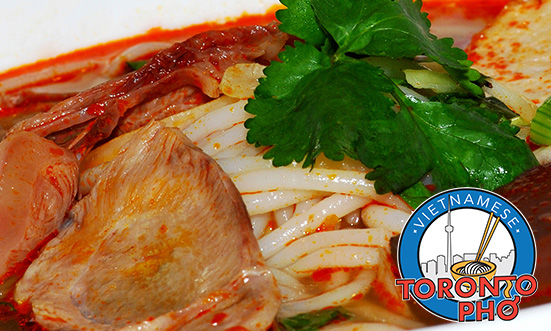
Noodles are a Vietnamese comfort food you’ll find in many eateries, restaurants, easy-to-make family recipes, and traditional cuisine. Noodles come in numerous varieties, used in pho and countless dishes. Browsing your local Ontario grocery store or even going online to see what’s available, you will find dozens of brands and noodle types. Here are 9 types of Vietnamese noodles used in traditional dishes and family recipes that we know you’ll love!
Some More multi millet noodles
Multi millet noodles from the Some More brand come free from any preservatives, or artificial flavours and colors. It’s a healthy, all-natural noodle type you can count on to come delicious, ready for a tasting, and can help take your flavors up a notch.
Meishi Vietnamese gluten free rice noodles
A huge complaint many have on riceles nood is that they aren’t gluten free. This makes them inedible for a number of people, unfortunately. Meishi noodles are thin and flat made from Vietnamese rice, and commonly used in Vietnamese pho.
Lion Star rice vermicelli
Lion Star rice vermicelli is one of Vietnam’s favourite rice vermicelli noodle brands. If you’re unfamiliar with vermicelli, this is a great starting point. A pack from Lion Star comes ready for flavoring, carrying a dish to something even more spectacular.
Read more: 9 Types of Vietnamese Noodles You Can Expect to Find in Some of Our Delicious Dishes
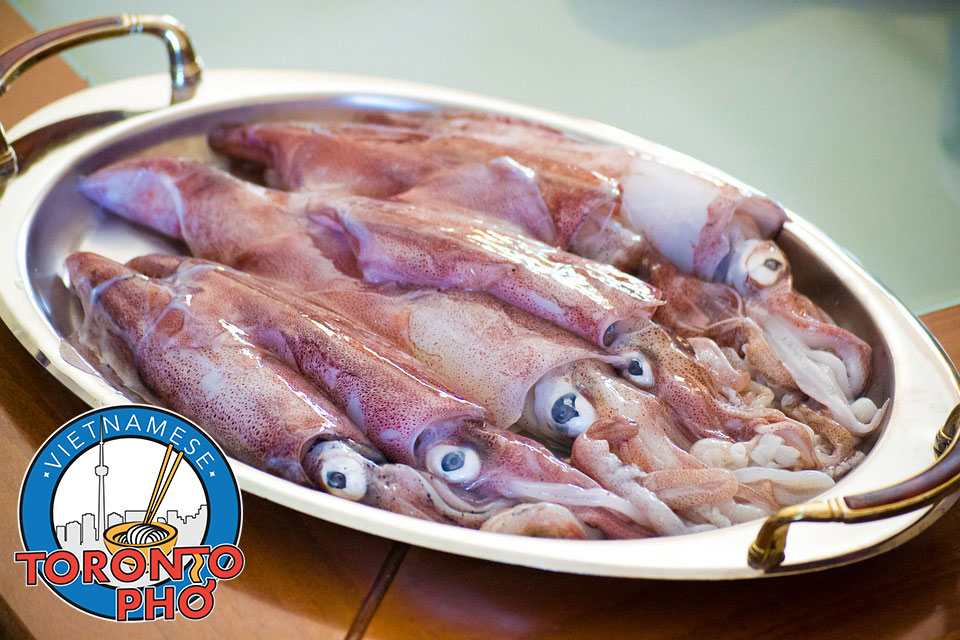
Squid’s delicious and healthy, and a key ingredient in so many Vietnamese dishes. The eating of squid originally came to Vietnamese cooking as another protein source pulled from the sea, dropped into a number of dishes and sometimes deep-fried. Here are a few of the benefits to eating squid and why we continue to use it in some of our dishes at TorontoPHO.
Vitamins and minerals
Squid’s packed with several nutrients, vitamins, and minerals including most notably iron, potassium, vitamin B12, phosphorus, and copper. This makes squid a borderline superfood as essential nutrients like these assist in the performance and health of blood cells, bones, and the immune system.
Squid’s very rich in protein
A three-ounce serving of squid packs 13 grams of protein which makes it an excellent addition among meals that may be lacking in protein or meats. When we provide our bodies sufficient protein, this allows it so sustain energy better and build muscle.
Read more: Surprising Health Benefits to Eating Squid in Vietnamese Cooking
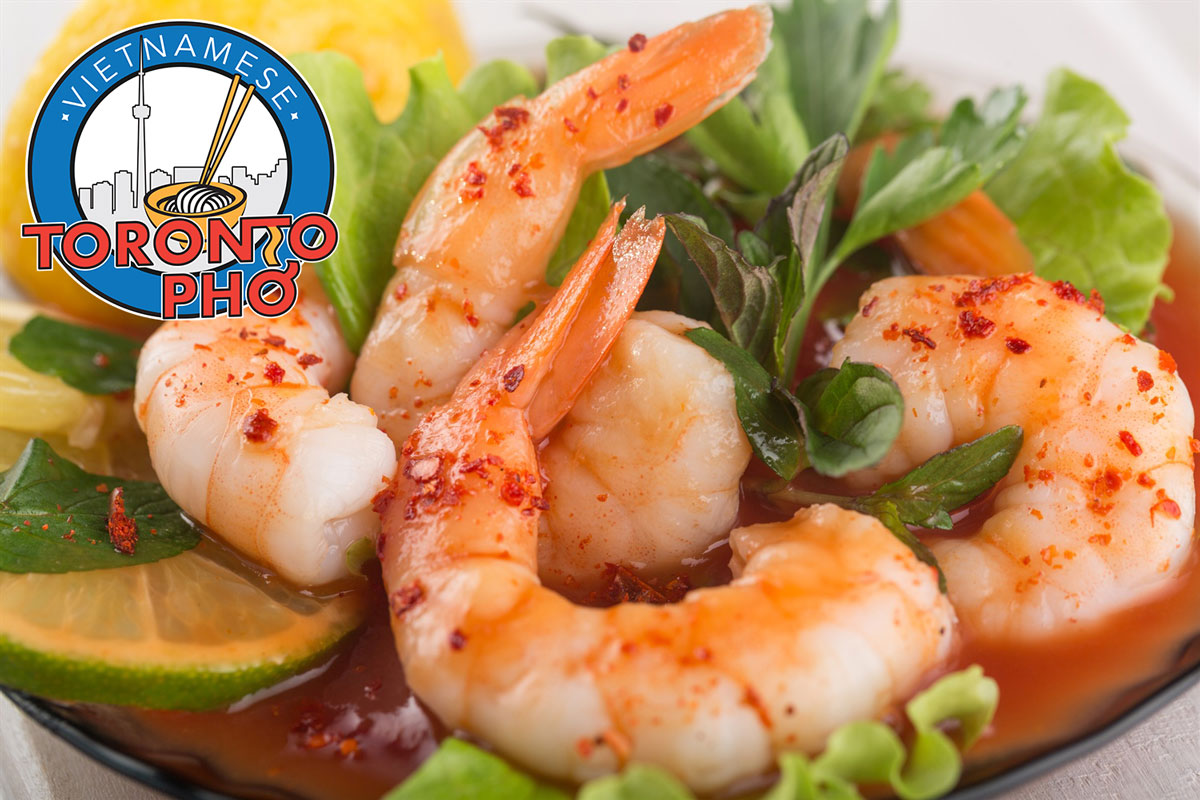
Shrimp is one of the most important and well-developed seafood sources in East Asian, Vietnamese, and worldwide cooking. In commercial farming and wild fisheries In Vietnam, shrimp’s one protein source that is closely sought after. It’s used in several Vietnamese dishes, primarily as a protein source to help beef up noodle dishes, rice dishes, and more. Here’s a little bit as to why shrimp in Vietnamese is so popular and how it came to be used.
Let’s start with why shrimp is so well known and used in cooking. Shrimp’s been used for centuries across many cultures. When it comes to its nutrition, shrimp has some positives and negatives. Shrimp’s high in protein which is the predominant reason, as mentioned, that it’s chosen. Unfortunately, it’s also low in food energy and can be a significant source of cholesterol. In the positive column, shrimp also has a healthy impact on the circulatory system as it lacks saturated fat. Also, shrimp is high in omega-3s with low levels of mercury – very beneficial!
Shrimp can be prepared almost anywhere and with a variety of methods, ranging from barbequing to grilling, frying, baking, or boiling. In Vietnamese restaurants in Toronto such as TorontoPHO, we prepare shrimp by frying predominantly though we use a number of other methods as needed. Shrimp is sometimes used with salads, rice, or in other dishes. Alternatively, deep-frying it is another method of preparation sometimes used though we try to avoid this as more calories and cholesterol are added with this delivery.
Read more: How We Use Shrimp in Vietnamese Cooking and the Importance of the Sea in Cuisine
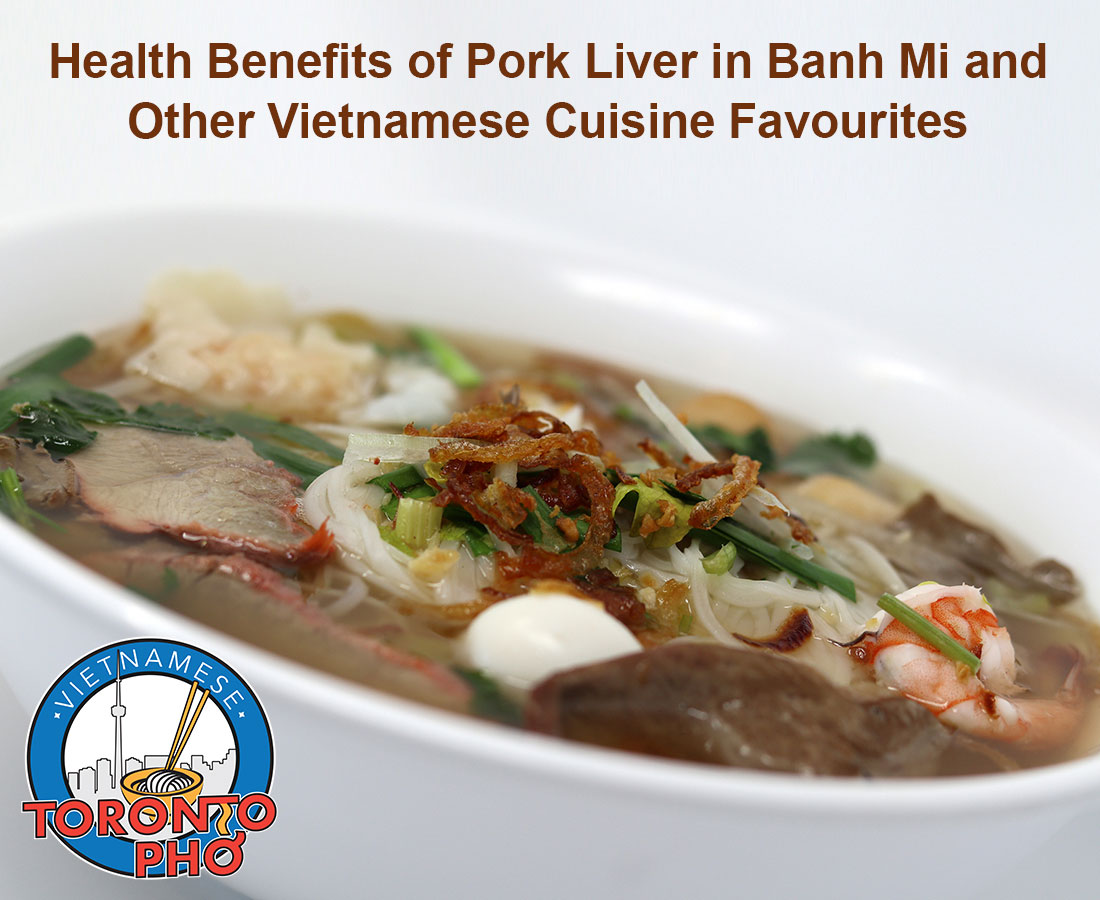
In Canada, we may not think much of pork liver. A lot of us don’t really know much about it, it seems downright odd to eat it, and we’d hardly see it as healthy. The truth however is that pork liver’s actually as close to a superfood as there is. Once treasured and extremely popular in worldwide ethnic cuisines, liver from any animal generally comes high in protein, low in calories, and contains many essential vitamins and minerals.
To better understand the health benefits of pork liver, one must look to what exactly it is we’re eating. Liver’s the largest internal organ an animal has and serves to process digested foods, clears away waste and detoxifies blood, and stores glucose, iron, vitamins, and essential nutrients the body needs. At one point, organ meats like liver were extremely popular. They’ve long been superseded with muscle meats however.
Regardless of what the culture may believe or where its popularity may sit, Vietnamese pork liver is one of the most nutrient dense foods ever. Though we like to think of fruits and veggies as containing all the vitamins and minerals we chase, pork liver actually has more than any fruit or vegetable you can think of. Even a small amount of it is enough to provide over 100% of your recommended daily intake of many nutrients. It’s also jam-packed with protein and you’re not sacrificing a lot in calories either.
Read more: Health Benefits of Pork Liver in Banh Mi and Other Vietnamese Cuisine Favourites
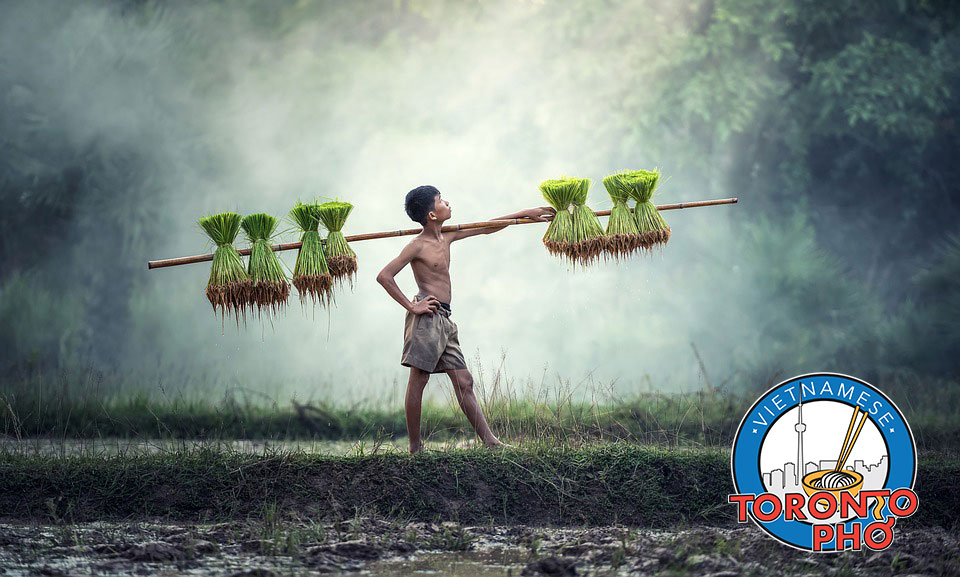
Rice is used every day in a wide variety of Vietnamese foods and our culture’s not alone in this. Almost 65% of the world’s population relies heavily on rice to survive and did you know there are more than 2,000 varieties – it’s true! If there ever was a multicultural food that transcended boundaries and borders, rice would probably be it.
Although you can find rice playing a prominent role in many different cultures, to Vietnam, it’s sacred. For centuries, rice has played a role in shaping our cuisine, cultural traditions, and ceremonies. Rice in Vietnam is grown predominantly in flooded fields that require a constant supply of water. This type of rice is known as lowland rice or wet rice and it’s usually harvested 3 times a year.
Rice isn’t just used in Vietnamese cuisine although you will find plenty of uses for it here. It’s sometimes made into a pudding while other times, it’s steamed. Rice in Vietnam comes in a collection of colors. You may see white rice occupying plates here in Canada but at times, it’s brown, red, black, or amber, and the rice grains themselves range from short to long, thick and thin. The rice kernels can also be made into rice noodles, cooking oils and stalks, or even wine.
To some degree, rice is a strong symbol of Vietnam culture. Our Mekong River Delta is a large producer of rice, one of the largest in the world in fact. In terms of rice production, Vietnam’s a major exporter of it and is number 2 in worldwide rice production. In Vietnamese temples, rice is used for worship and the grains which are a staple in every family’s diet are seen as a gift from God. There are stories of the importance of rice in Vietnamese cooking and religion, and these get passed down from generation to generation.
Read more: Why Rice is So Important to Vietnamese Farmers, Cultures, and Cuisine
More Articles ...
- Why a Vietnamese Stir Fry Continues to Be Just as Popular as Pho to Some Families
- See the Best Seasonal Vietnamese Dishes for Spring, Summer, Fall, and Winter
- Vietnamese Fruits We Miss So Much Native to Vietnam and Well Worth a Bite!
- Toronto Foodies Flocking to Vietnamese Cooking for Tasty, Vegetarian, and Broth-y Dishes
Page 39 of 52

















